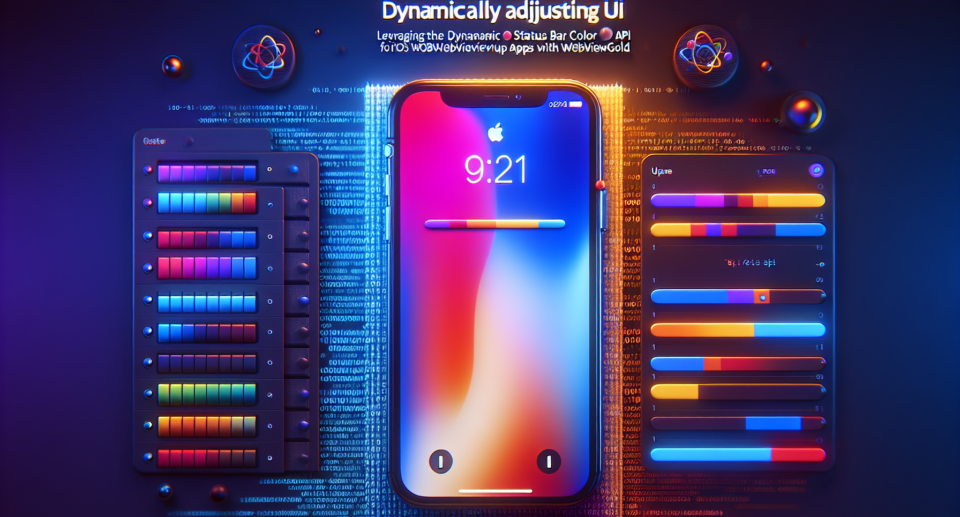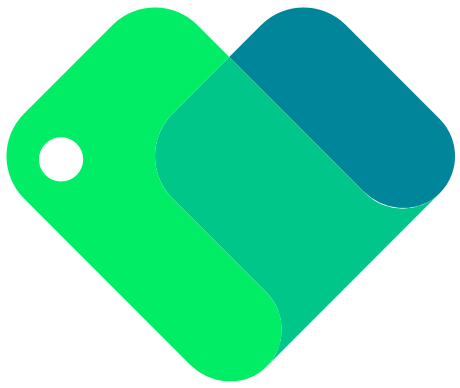Dynamically Adjusting UI: Leveraging the Dynamic Status Bar Color API for iOS WebView Apps with WebViewGold

Creating a seamless and visually appealing user experience is crucial in today’s mobile app landscape. One way to enhance your app’s user interface (UI) is by dynamically adjusting the status bar color based on your app’s current view or theme. For developers using WebViewGold—a tool that converts your website into an iOS app quickly and efficiently—this can be a straightforward yet effective enhancement.
Why Adjust the Status Bar Color?
The status bar is a small, but noticeable part of the iOS interface. It runs along the top of the device screen and displays important information such as the time, battery level, and signal strength. By synchronizing the status bar color with your app’s design elements, you can create a more cohesive and polished look.
Adjusting the status bar color dynamically can:
– Improve visual coherence
– Enhance readability of status bar text
– Reflect changes in themes or modes within your app
Leveraging the Dynamic Status Bar Color API
Apple provides a simple and effective API to change the status bar color dynamically within your iOS apps. By integrating this functionality, you can ensure that the status bar complements your app’s design, whether you’re working with light or dark themes or any custom color scheme.
Here’s a step-by-step guide to dynamically adjust the status bar color in your WebViewGold-powered iOS app:
1. Open Your Xcode Project
Start by opening the Xcode project generated by WebViewGold when you first converted your website into an iOS app.
2. Edit Info.plist
Locate the `Info.plist` file in your project navigator and add the following key-value pair to allow your app to override the status bar appearance:
“`xml
“`
3. Configure the WebView Controller
Open your web view controller file (usually named `ViewController.swift`) and incorporate the following code snippets:
“`swift
override var preferredStatusBarStyle: UIStatusBarStyle {
return .lightContent // or .darkContent based on your preference
}
“`
4. Adjust Status Bar Color Dynamically
Modify your web view to communicate with JavaScript, allowing real-time adjustments from your website. You can use JavaScript hooks to trigger the status bar style changes based on your web content.
“`swift
webView.evaluateJavaScript(document.body.style.backgroundColor = ‘#FFFFFF’;) { (result, error) in
if error == nil {
if #available(iOS 13.0, *) {
let statusBar = UIView(frame: UIApplication.shared.statusBarFrame)
statusBar.backgroundColor = .white // Or any dynamic color you need
self.view.addSubview(statusBar)
}
}
}
“`
Making It Work with WebViewGold
WebViewGold makes it incredibly easy to transform your website into a fully functional iOS app. By simply uploading your website URL and configuring basic settings, you can create an app that looks and feels native. Leveraging WebViewGold’s capabilities, adding the dynamic status bar color feature becomes a seamless process, enhancing both the aesthetic and functional aspects of your app.
Conclusion
